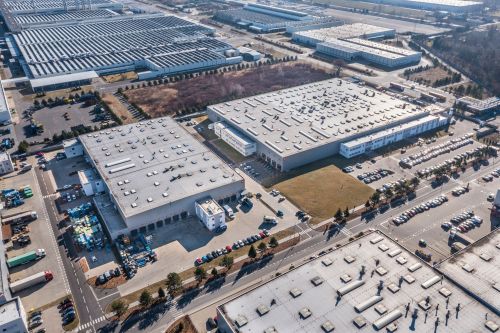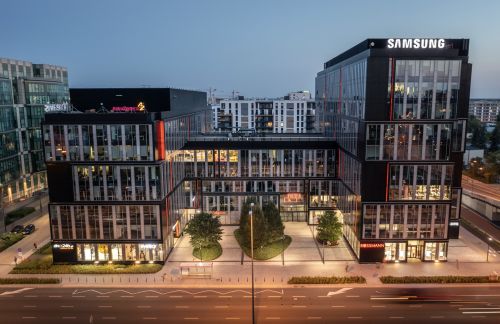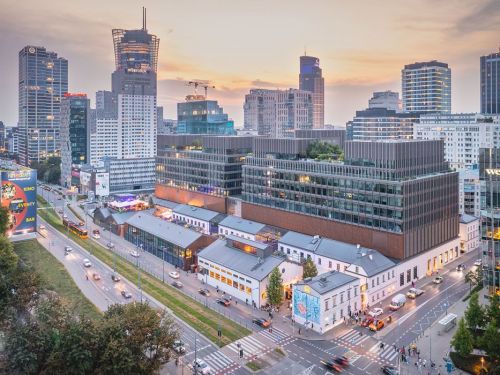Just as Radosław Knap, the managing director of the Polish Council of Shopping Centres (PRCH), points out, the retail sector only had a few days to prepare for the partial lifting of the restrictions on shopping centre operations that took place on May 4th. On this day according to PRCH’s data, around 60–70 pct of tenants reopened their stores and many of others have been opening up since. However some still remain closed because they have not been able to negotiate their lease terms. There is nothing strange about the number of shoppers in such centres being markedly lower than before the lock-down. “In the first week after shopping centres started operating again, depending on the day, footfall was between 53–68 pct of the same period last year in the centres we surveyed,” says Radosław Knap. “In the following week we saw the numbers go up a bit from 60 pct to 68 pct with the figures being a little bit better for working week days. However, the






























































